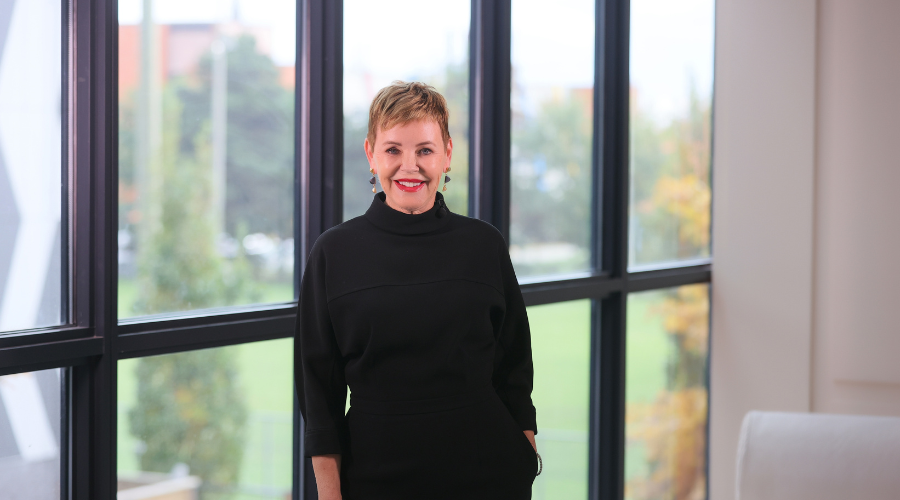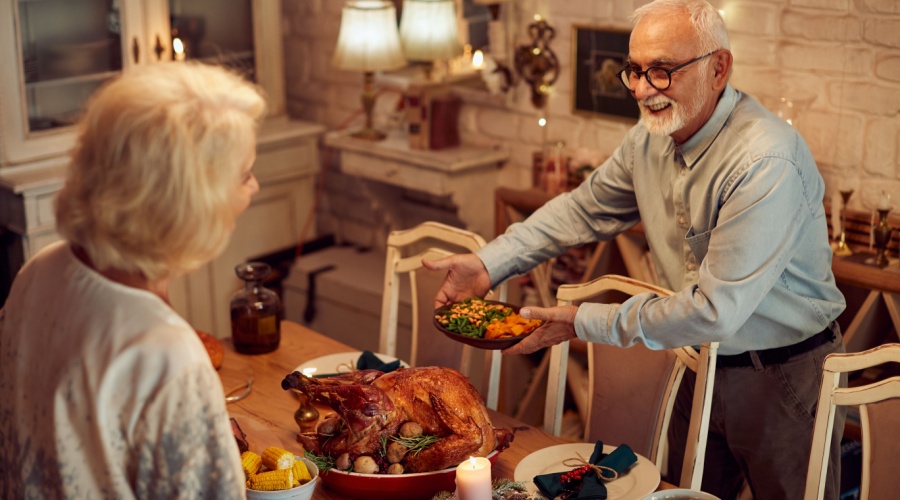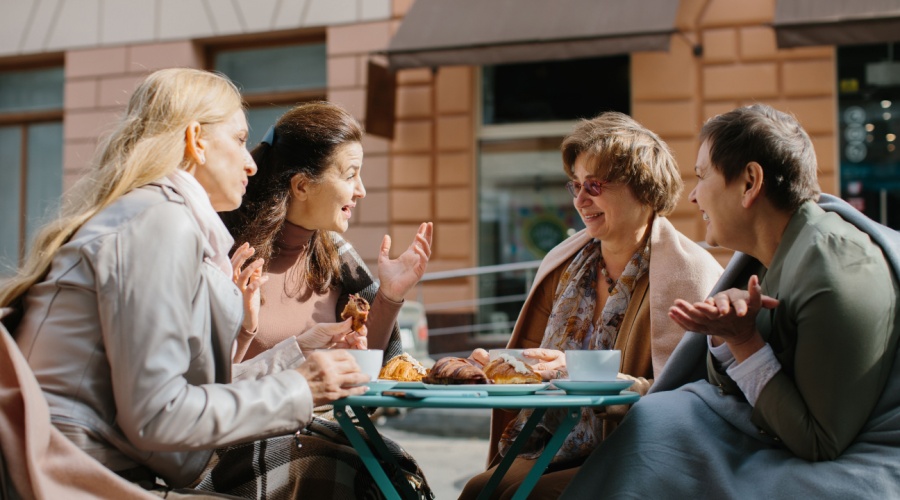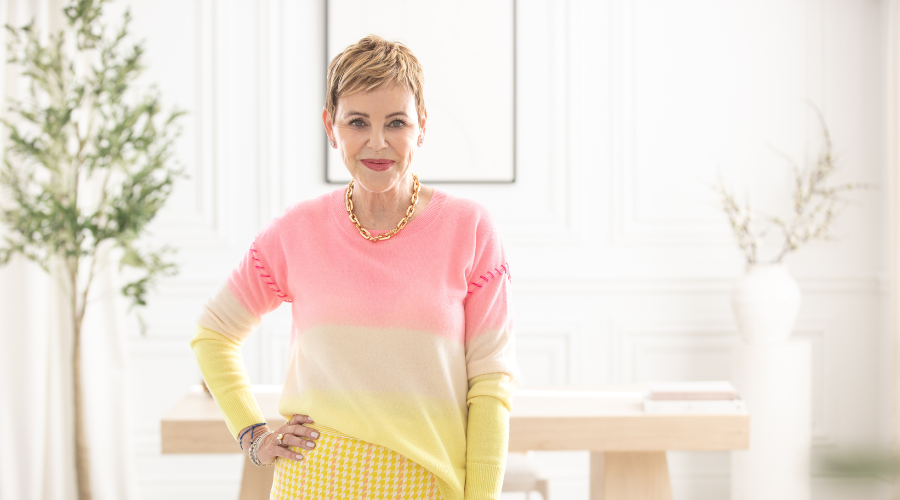The economy isn’t only measured in GDP numbers, interest rates, or the latest inflation report. Those are important, yes, but they’re the thermostat. They tell us about the temperature in the room. What really matters, though, is how people feel inside the room.
And you can see it in the little things. The coffee you buy. The groceries you put back on the shelf. The takeout bag you grab instead of booking a dinner reservation. These small, everyday choices are whispering loudly about the financial stress many Canadians are carrying.
Everyday Trade-Offs and Spending Choices
Canadians are making trade-offs everywhere.
The data tells a clear story:
- 22% of Canadians are cutting back on ice cream and other non-essentials.
- 21% are switching to cheaper brands.
- 16% are buying fewer premium fooks like high-end meats and fruits
- Only 6% say they haven’t really changed their habits.
These numbers come from a recent study on food affordability in Canada published by Canadian Grocer.
And when it comes to dining, Canadians are eating out less. The TouchBistro Canadian Diner Report found that weekly restaurant visits have dropped from nearly 4 in 10 people to about 1 in 4. But takeout? That’s up. About 3 in 10 Canadians now order weekly, up from a quarter just two years ago.
These aren’t just numbers. They’re signals. Canadians are still seeking joy, but in smaller, more affordable doses.
The Latte Factor: Small Luxuries That Matter
The latte factor is alive and well.
Here’s the headline that caught my eye: Statistics Canada reports that coffee prices in grocery stores are up nearly 28% year-over-year. Roasted and ground coffee alone has increased by 33%, and even instant coffee is up by about 20%.
And yet, people are still lining up for their lattes. Why? Because it isn’t just about coffee. It’s about routine. It’s about identity. It’s about preserving a small slice of normalcy when so much else feels uncertain.
That’s the Latte Factor in action: we will cut back on vacations, delay a new car, even trade down at the grocery store, but for many, that $10 latte is still a justifiable luxury.
Consumer Confidence and Economic Insights
The truth is, Canadians are tired. The Conference Board of Canada’s Index of Consumer Confidence shows optimism subdued, with more people worried about job security and higher living costs.
A recent PwC survey found that 76% of Canadians are worried about food costs compared with just 59% globally.
And yet, people are still making room for moments of comfort.
Maybe it’s not the premium steak anymore, but it’s still Friday night takeout.
Maybe it’s not a luxurious weekend in Paris, but a wonderful road trip in Canada.
Maybe it’s not the $300 dinner, but it’s still the latte on the way to work.
Those choices tell us more about the economy than a chart ever could. They are about resilience. About Identity. About insisting on some light even as the financial squeeze tightens.
My takeaway:
When I read through the numbers, I don’t just see percentages. I see people. People asking themselves, every single day: Is this worth it?
And here’s the thing: it’s ok to say yes to the latte if the latte delivers comfort, stability, and even a moment of joy in a hectic world. What matters is knowing what you’ve traded off and being intentional about it.
Because the absolute index of the Canadian economy isn’t the Bank of Canada’s forecast, it’s in the trade-offs Canadians make at the grocery checkout, in the coffee line and at the takeout counter. It’s what we’re willing to let go of, and what we hold sacred.
That’s the heartbeat of the economy. And right now, it is telling us Canadians are stretched, but still striving to preserve the little things that we truly enjoy.







